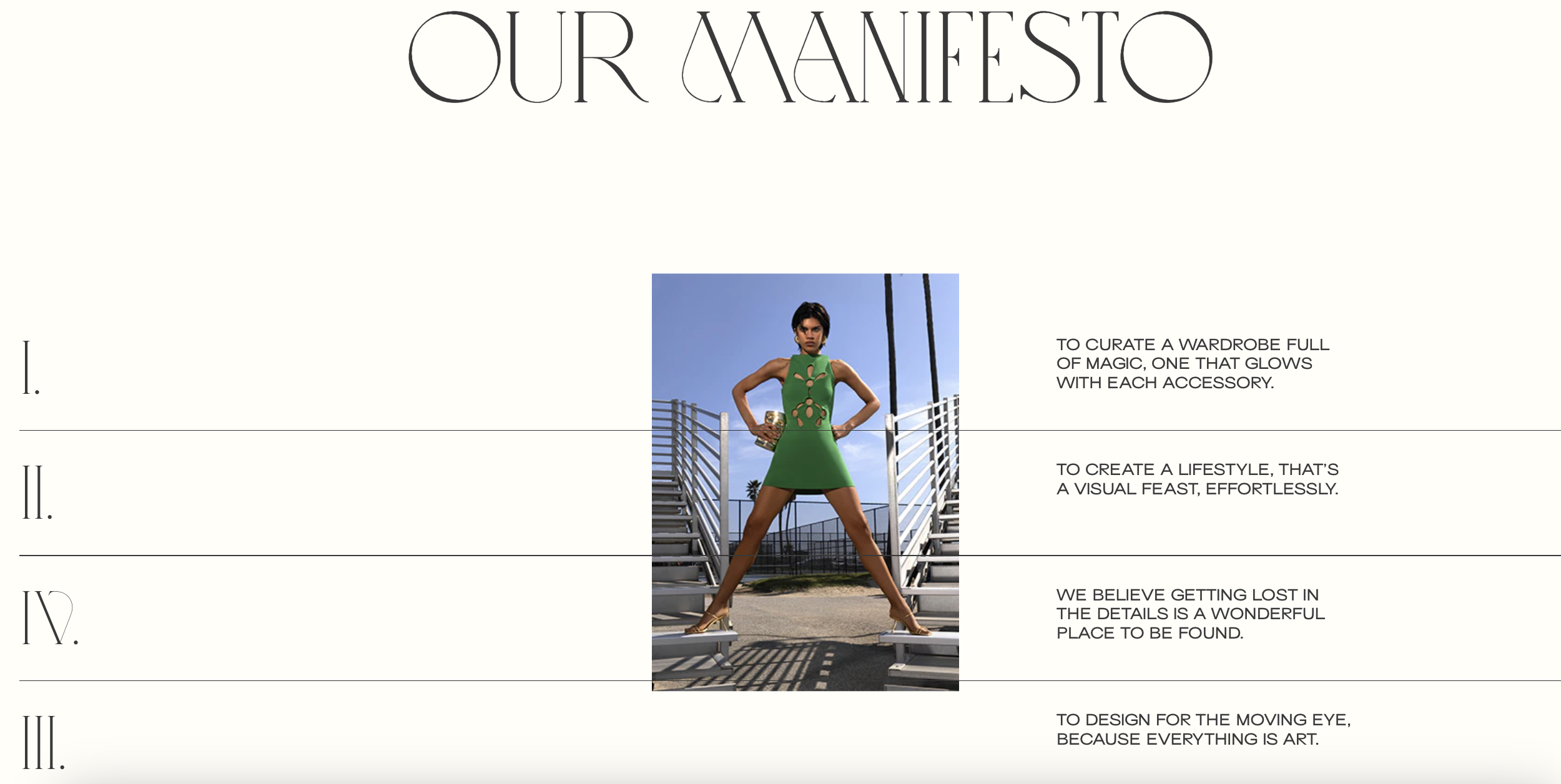Article published: 10/29/25
Using Your Website to Educate
Beautiful, hollow websites

In collaboration with Sprezza, check out Clayton's breakdown here.
Most brand websites are beautiful, but hollow. They load fast, look clean, and may check all the right boxes on a design brief. But when it comes to teaching users anything about how your product works, what makes it different, why it matters… they fall flat.
Not every website has to be dense with words or education if the product doesn’t demand it. But, where it does, you should use your product as a lever to teach **people something.
The opportunity at hand
If your product or brand is built on innovation, culture, or craftsmanship, and your website doesn’t invite people to learn, then you’re selling yourself short.
Because the brands that win long-term don’t just convert customers cheaply, they win them over through trust and education first.
And the brands that do this best are the ones that treat their website like a living, breathing library. It’s a chance for people to understand your world… how your product is made, who it’s for, and why it exists.
What you’re trying to do is build the kind of trust that leads to loyalty. And once you convert, you want to retain, turning single buyers into brand evangelists.
Who’s doing it right
Their product pages go beyond specs. They teach you how a garment works, why a fabric choice matters, and what conditions it’s built for. Terms like thermal insulation or water repellence are defined in plain language, turning the PDP into a quick masterclass in performance apparel.
Their About page should feel like a brand archive. It’s part manifesto, part origin story. It’s built for the top 1% of your visitors, not the wealthiest, but the most curious.
Those are your evangelists, so give them lore to share!
Jacques Marie Mage’s encyclopedia-like design philosophy

Their website reads like an encyclopedia. Each frame tells a story of design, material, and philosophy. They turn product education into an immersive experience, inviting users to explore the process behind every piece.
With their Research Hub, Stone Island pulls back the curtain on their material innovations. It’s one thing to say you’re “experimental”, it’s another thing to show it. Every subpage deepens understanding of how fabric research drives their design.
Your Free Copy
Apply it to your brand with step-by-step team exercises: Download the full guide


